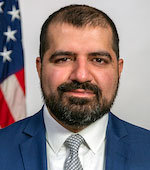Our agency is made up of the Federal Acquisition Service, the Public Buildings Service, 12 staff offices, and two independent offices. We serve our 60 plus federal customers and the public through our headquarters in Washington, D.C., 11 regional offices, and employees throughout the country.
Office of the Administrator
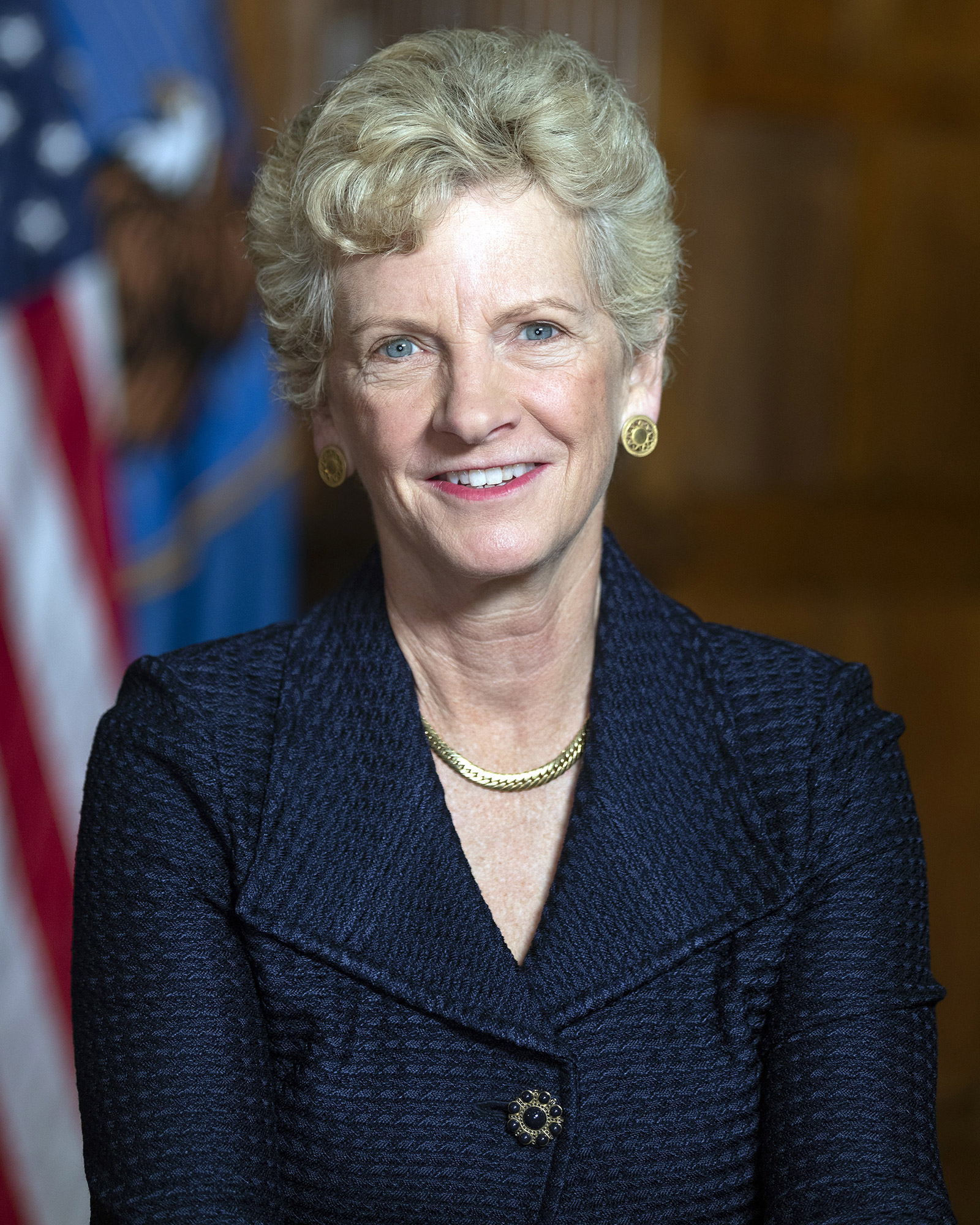
Robin Carnahan
Administrator
“President Harry Truman established GSA in 1949 to make government work better for the people it serves and save money doing it. That remains our defining purpose today, and we remain agile and responsive to the evolving needs of our customers, including our government partners and the public at large.”
GSA Administrator Robin Carnahan
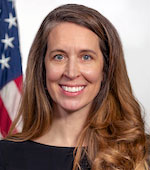
Katy Kale
Deputy Administrator
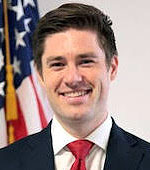
Brett Prather
Chief of Staff
We provide workplaces by constructing, managing, and preserving government buildings, and by leasing and managing commercial real estate. Our acquisition solutions offer private sector professional services, equipment, supplies, and IT to government organizations and the military. We also promote management best practices and efficient government operations through governmentwide policies.
White House Liaison
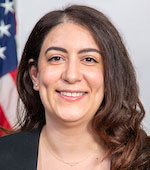
Laila ElGohary
White House Liaison
The White House Liaison helps raise our profile within the White House and serves to connect the executive branch and us. The liaison also manages the appointment process for GSA leadership positions, and works with other federal agencies to support the administration’s key initiatives.
National services
Federal Acquisition Service
Sonny Hashmi
Commissioner
The Federal Acquisition Service helps federal agencies buy goods, services, and technology solutions. In addition, FAS helps state, tribal, and local governments in some circumstances.
The federal government’s buying power offers the best value for taxpayers and federal customers. Last year, FAS offered federal agencies more than 31 million different products and services needed to meet their missions for the American people.
FAS manages six main business areas:
- General supplies and services.
- Travel, transportation, and logistics.
- Information technology category.
- Assisted acquisition services.
- Professional services and human capital.
- Technology Transformation Services.
In fiscal year 2022, FAS supplied over $87.5 billion in IT products, services, and solutions; telecommunications services; assisted acquisition services; travel and transportation management solutions; motor vehicles and fleet services; and charge card services, and saved the federal government a total of $5.5 billion. FAS is approaching 227,000 leased vehicles in its fleet, has issued over six million charge cards, and provides personal property disposal services for the reuse of over $1 billion in surplus property annually.
Through its TTS and ITC portfolios, FAS worked to modernize technology across the government to protect against cyber threats and deliver a better digital experience for America. Programs such as the U.S. Digital Corps, a fellowship program for early career technologists, strengthened the government’s digital workforce and critical impact areas, including economic recovery, cybersecurity, and racial equity.
Public Buildings Service
Nina M. Albert
Commissioner
The Public Buildings Service is the largest public real estate organization in the United States. PBS controls over 8,300 buildings and facilities and maintains an inventory of more than 360 million square feet of rentable workspace. This inventory includes more than 500 buildings either on or eligible for the National Register of Historic Places. PBS is also responsible for the stewardship of the GSA Fine Arts Collection, which includes 990 artworks installed in federal buildings and more than 23,700 New Deal artworks on loan to other institutions.
PBS acquires space for the federal government through new construction as well as leasing. The organization also serves as caretaker for federal properties across the country.
PBS is funded primarily through the Federal Buildings Fund with rent paid by occupant agencies. PBS constantly works to reduce costs and ensure that employees of more than 50 federal agencies have high-quality, 21st century facilities and workplaces. In addition, PBS:
Staff offices
The GSA Staff Offices are funded through either the Working Capital Fund or annual appropriations. They support the enterprise and ensure we are prepared to meet our customers’ needs on a day-to-day basis, as well as in crises.
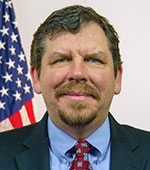
Bob Stafford
Chief Administrative Services Officer
Office of Administrative Services
OAS is home to a wide range of program areas. In addition to overseeing internal administrative policies, OAS manages executive correspondence, maintains the agency’s internal directives, sets travel and purchase charge card policies, and develops workplace initiatives, including one aimed at dramatically reducing the footprint of space GSA occupies.
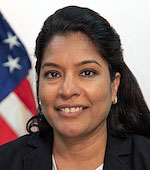
Nimisha Agarwal
Chief Financial Officer
Office of the Chief Financial Officer
OCFO provides enterprisewide budget, financial management, financial analysis, automation, performance management, strategic planning, and payroll services to our business lines and staff offices.
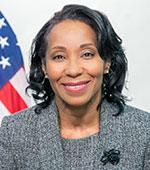
Aluanda Drain
Associate Administrator
Office of Civil Rights
OCR administers five programs related to federal civil rights laws and regulations: Equal Employment Opportunity, Affirmative Employment, Nondiscrimination in Federally Conducted Programs and Activities, Environmental Justice, and Nondiscrimination in Federally Assisted Programs and Activities. OCR also administers the appeals process for administrative grievances that our employees file.
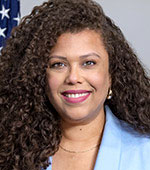
Gianella Rivera
Associate Administrator
Office of Congressional and Intergovernmental Affairs
OCIA serves as advisor to the administrator and other leadership by supervising and maintaining agency liaison with all members of Congress and congressional committees. The office also serves as liaison with state, local and tribal government officials and their official national organizations.
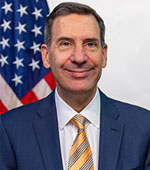
Camille Tucker
Acting Chief Customer Officer
Office of Customer Experience
OCE works with internal clients to enhance relationships with customers, industry partners, and stakeholders. OCE improves the end-to-end experience of our customers by aligning operations to our customers’ needs.

Arpit K. Garg
General Counsel
Office of General Counsel
The General Counsel is the chief legal officer for our agency. OGC fulfills its mission by providing legal advice and representation to our officials while ensuring implementation of our statutory responsibilities. OGC also manages our Freedom of Information Act and ethics programs and handles all GSA claims under the Federal Tort Claims Act.
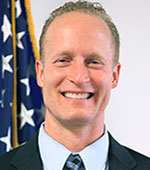
David A. Shive
Chief Information Officer
Office of GSA IT
GSA IT provides the agency’s staff with ever-evolving technology to improve capabilities, productivity, mobility, agility, and cost savings. GSA IT solutions include mission-supporting applications, laptops, mobile devices, collaborative cloud-based software, training, and technical support.

Krystal Brumfield
Associate Administrator and Chief Acquisition Officer
Office of Government-wide Policy
OGP uses policies, data, and strategy to drive efficiency and management excellence across the federal government for key administrative areas. These areas include travel and transportation, acquisition, fleet management, information technology modernization, personal property management, and disposal and real estate management. OGP helps influence agency behavior in these areas by developing and governmentwide policy and performance standards, conducting data analysis and benchmarking, and transparently reporting government-wide data.
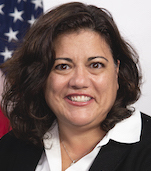
Traci DiMartini
Chief Human Capital Officer
Office of Human Resources Management
OHRM delivers comprehensive human resources services and solutions to our employees. OHRM works with our service and staff offices to attract, motivate, develop, retain, and reward employees to maintain and enhance a mission-ready workforce.
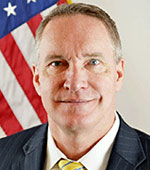
Robert J. Carter
Associate Administrator
Office of Mission Assurance
OMA provides agencywide leadership and coordination for emergency management and security policy. These policies include occupant emergency planning, response and recovery, personal identity verification, physical security, personnel security, and suitability activities.
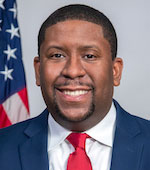
Exodie C. Roe, III
Associate Administrator
Office of Small and Disadvantaged Business Utilization
OSDBU partners with our mission-delivery and mission-support offices to meet and exceed statutory small and socio-economic business goals. To achieve this, OSDBU promotes access to our nationwide procurement opportunities and provides training to the acquisition workforce and to small and disadvantaged businesses.

Channing Grate
Associate Administrator
Office of Strategic Communication
OSC helps the media and the public understand the important work our agency performs in assisting other agencies and simplifying access to government information and services.
Independent offices

Carol F. Ochoa
Inspector General
Office of the Inspector General
OIG is an independent unit established by law. It is responsible for promoting economy, efficiency, and effectiveness, and for detecting and preventing fraud, waste, and mismanagement in GSA’s programs and operations. OIG’s mission is to help us effectively carry out our responsibilities and to protect the public interest by bringing about positive changes in our programs and operations, performance, accountability, and integrity.

Erica S. Beardsley
Chair
Civilian Board of Contract Appeals
CBCA is an independent tribunal housed within GSA. The CBCA presides over various disputes involving federal executive branch agencies. Its primary responsibility is to resolve contract disputes between government contractors and agencies under the Contract Disputes Act.

 U.S. General Services Administration
U.S. General Services Administration





